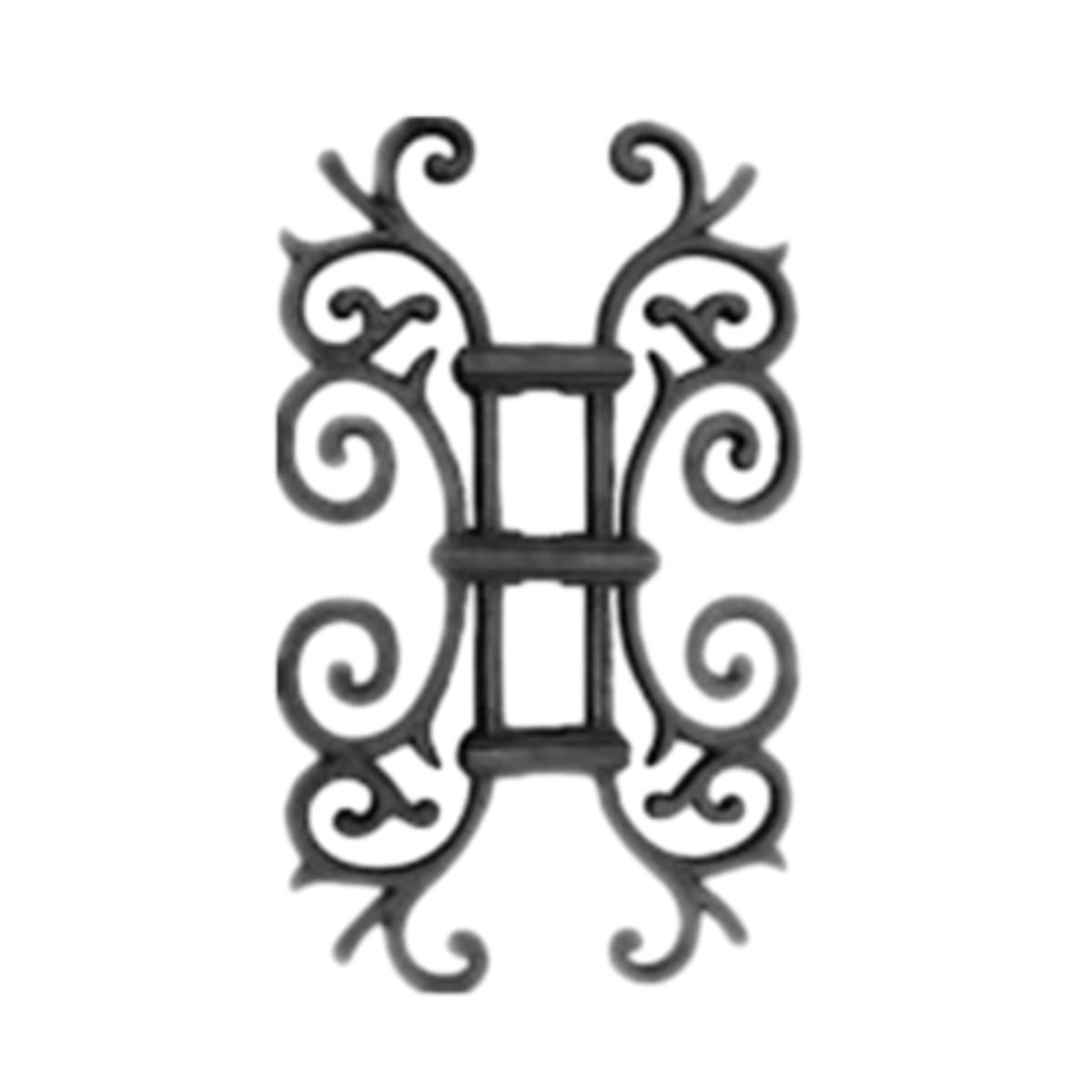wrought iron vs iron
Wrought Iron vs. Iron Understanding the Differences
Wrought iron and cast iron are two types of iron that have distinct properties, uses, and manufacturing processes. Both materials are essential in various industries, but they are suited for different applications due to their unique characteristics. Understanding these differences can help in selecting the appropriate material for specific projects.
Manufacturing Process
The primary difference between wrought iron and cast iron lies in the manufacturing process. Wrought iron is produced by repeatedly heating and working the iron. This process involves hammering, rolling, or forging the iron while it is malleable, which removes most of the carbon content and impurities. As a result, wrought iron has a fibrous structure that gives it excellent tensile strength and ductility.
In contrast, cast iron is made by melting iron and pouring it into molds. The cooling process solidifies the iron, forming a hard, brittle material. Cast iron typically has a higher carbon content, which contributes to its hardness but also makes it more susceptible to cracking and breaking under stress.
Mechanical Properties
Wrought iron is known for its excellent mechanical properties, including high tensile strength and ductility. This means it can be bent or shaped without breaking, making it an ideal choice for applications that require flexibility, such as railings, gates, and decorative elements. Its resistance to corrosion and rust makes it suitable for outdoor use, ensuring longevity and durability.
wrought iron vs iron

On the other hand, cast iron is characterized by its hardness and excellent wear resistance. It can withstand compressive forces and is often used in heavy-duty applications such as engine blocks, pipes, and cookware. However, the brittleness of cast iron means it is not suitable for applications that involve significant bending or stretching.
Aesthetic and Functional Uses
When it comes to aesthetics, wrought iron is often favored for its beauty and decorative potential. The ability to be forged into intricate shapes makes wrought iron a popular choice for ornamental designs in fences, grilles, and furniture.
Conversely, cast iron's strength and stability make it the material of choice for functional items. It is commonly found in kitchenware like skillets and Dutch ovens, where its heat retention properties are particularly beneficial. Additionally, cast iron is widely used in construction for pipes and machine bases, where durability is paramount.
Conclusion
In summary, wrought iron and cast iron represent two sides of the iron spectrum, each with its own set of advantages and disadvantages. Wrought iron excels in applications requiring flexibility and aesthetics, while cast iron offers superior hardness and wear resistance for functional items. Knowing the differences between these two materials is crucial for making informed decisions in construction, manufacturing, and design. Whether choosing wrought iron for its beauty or cast iron for its durability, understanding the specific requirements of a project will ensure the right material is selected for the task at hand.
-
Wrought Iron Components: Timeless Elegance and Structural StrengthNewsJul.28,2025
-
Window Hardware Essentials: Rollers, Handles, and Locking SolutionsNewsJul.28,2025
-
Small Agricultural Processing Machines: Corn Threshers, Cassava Chippers, Grain Peelers & Chaff CuttersNewsJul.28,2025
-
Sliding Rollers: Smooth, Silent, and Built to LastNewsJul.28,2025
-
Cast Iron Stoves: Timeless Heating with Modern EfficiencyNewsJul.28,2025
-
Cast Iron Pipe and Fitting: Durable, Fire-Resistant Solutions for Plumbing and DrainageNewsJul.28,2025
-
 Wrought Iron Components: Timeless Elegance and Structural StrengthJul-28-2025Wrought Iron Components: Timeless Elegance and Structural Strength
Wrought Iron Components: Timeless Elegance and Structural StrengthJul-28-2025Wrought Iron Components: Timeless Elegance and Structural Strength -
 Window Hardware Essentials: Rollers, Handles, and Locking SolutionsJul-28-2025Window Hardware Essentials: Rollers, Handles, and Locking Solutions
Window Hardware Essentials: Rollers, Handles, and Locking SolutionsJul-28-2025Window Hardware Essentials: Rollers, Handles, and Locking Solutions -
 Small Agricultural Processing Machines: Corn Threshers, Cassava Chippers, Grain Peelers & Chaff CuttersJul-28-2025Small Agricultural Processing Machines: Corn Threshers, Cassava Chippers, Grain Peelers & Chaff Cutters
Small Agricultural Processing Machines: Corn Threshers, Cassava Chippers, Grain Peelers & Chaff CuttersJul-28-2025Small Agricultural Processing Machines: Corn Threshers, Cassava Chippers, Grain Peelers & Chaff Cutters












